A steel karahi, also known as a kadai, is a versatile and commonly used cooking utensil in Indian cuisine. It is a deep, rounded cooking vessel with slightly flared sides, resembling a wok or a deep frying pan. The term "karahi" or "kadai" is derived from the Hindi word for "wok."
Table of Contents
What is Steel Karahi?
Steel karahi is typically made from stainless steel, which offers durability, even heat distribution, and resistance to staining and rusting. It features sturdy handles on either side for easy lifting and maneuvering.
The karahi's design makes it well-suited for a variety of cooking methods, such as stir-frying, deep-frying, sautéing, and simmering. It is commonly used to prepare curries, gravies, deep-fried dishes, and other flavorful recipes. The wide base and flared sides allow for efficient evaporation and reduction of liquids, making it ideal for creating rich sauces and curries.
Steel karahi's versatility, durability, and traditional design have made it a staple in many South Asian kitchens. It's often used for both everyday cooking and special occasions, offering an authentic way to prepare and serve a wide range of dishes.
Popularity of Steel Karahi in Indian Cooking:
Steel karahi is indeed a ubiquitous and essential utensil found in nearly every Indian kitchen. Its popularity is attributed to its versatility and the wide range of dishes it can help prepare. The steel karahi is deeply embedded in Indian culinary traditions. It's commonly used for cooking a variety of dishes, from everyday curries to special occasion feasts. The steel karahi's design is perfect for stir-frying, sautéing, deep-frying, and simmering. This versatility makes it a go-to vessel for a multitude of recipes. Many Indian cooks have grown up watching their family members use steel karahi for cooking. It brings a sense of comfort and familiarity to the kitchen.
Steel Karahi Is A Versatile Cookware:
Steel karahi is a versatile and indispensable piece of cookware that offers a multitude of cooking possibilities. Steel karahi is adept at handling various cooking techniques such as sautéing, stir-frying, deep-frying, simmering, and even shallow frying. Its deep, rounded shape allows for easy tossing and mixing.
From rich curries and flavorful gravies to crispy fried snacks and quick stir-fries, the steel karahi accommodates a wide range of Indian and other cuisines. The karahi is often used for preparing specific dishes such as biryanis, karahi curries, and dishes that require quick tossing and cooking. The traditional design and cultural significance of the steel karahi add authenticity and charm to the cooking process, connecting generations.
Are Steel Karahi And Wok The Same?
While both steel karahi and wok share some similarities in terms of their shape and usage, they are not exactly the same. Here's a comparison between the two:
Steel Karahi:
- Shape: A steel karahi has a deep, rounded shape with flared sides. It somewhat resembles a wok but typically has a more pronounced and broader curvature.
- Construction: Steel karahi is usually made from stainless steel. It's known for its durability and ability to withstand high heat.
- Usage: Karahi is commonly used in Indian, Pakistani, and Middle Eastern cuisines. It's ideal for preparing dishes like curries, deep-fried items, and gravies.
- Cultural Significance: Karahi holds cultural significance in South Asian cooking and is often used for traditional dishes that require slow cooking and rich flavors.
Wok:
- Shape: A wok has a round bottom, high sides, and a wider opening compared to its base. The sides are gently curved, allowing ingredients to be easily stirred and tossed.
- Construction: Woks are traditionally made from materials like carbon steel or cast iron. Carbon steel woks are known for their excellent heat retention and rapid heating abilities.
- Usage: Woks are widely used in Asian cuisines, especially Chinese cooking. They are versatile for stir-frying, deep-frying, steaming, and more.
- Cooking Style: Woks are designed for fast and high-heat cooking methods, promoting quick searing and retaining the natural flavors and textures of ingredients.
While both steel karahi and wok are versatile and suited for cooking a variety of dishes, their distinct shapes, cultural contexts, and traditional uses set them apart. Karahi is deeply rooted in South Asian culinary traditions, while the wok is a hallmark of Asian cooking techniques. Depending on the type of cuisine and cooking methods you prefer, you might choose one over the other for your culinary endeavors.
Is Steel Karahi Easy To Use?
A steel karahi is generally easy to use, especially if you are familiar with Indian and Pakistani cooking methods. Its design and construction make it well-suited for a variety of cooking techniques. Here are some reasons why a steel karahi is considered easy to use:
- Simple Shape: The deep, rounded shape with flared sides allows for easy stirring, tossing, and mixing of ingredients without the risk of spilling over.
- Quick Evaporation: The broad surface area and flared sides enable faster evaporation of liquids, which is particularly useful for reducing sauces and gravies.
- Versatile Cooking: A steel karahi can be used for sautéing, stir-frying, deep-frying, simmering, and shallow frying, making it versatile for various recipes.
- Easy Cleaning: Stainless steel is relatively easy to clean and maintain. Food particles don't stick as readily, making cleanup less challenging.
- Durability: Steel karahi is built to withstand high heat and regular use, making it a durable and long-lasting cookware option.
- Familiarity: If you are accustomed to cooking traditional South Asian dishes, using a steel karahi may feel familiar and intuitive.
- Cultural Significance: If you're cooking dishes that have cultural and regional significance, a steel karahi is the appropriate vessel to maintain authenticity.

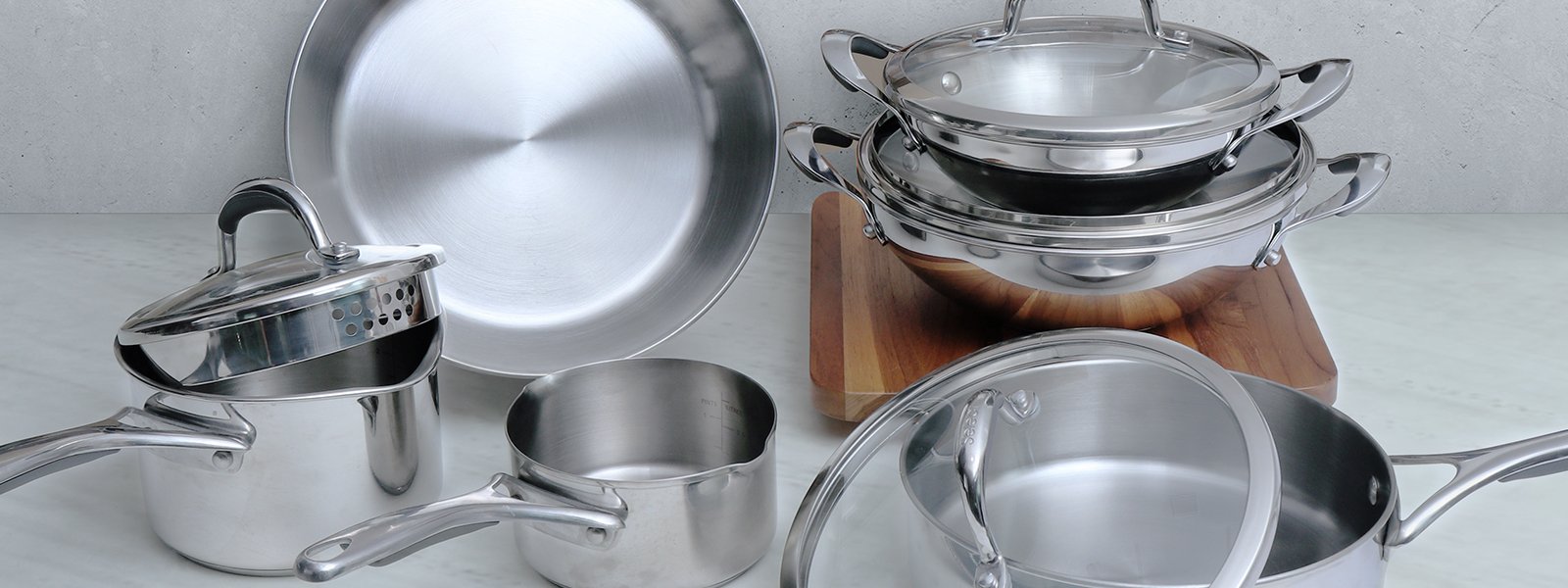

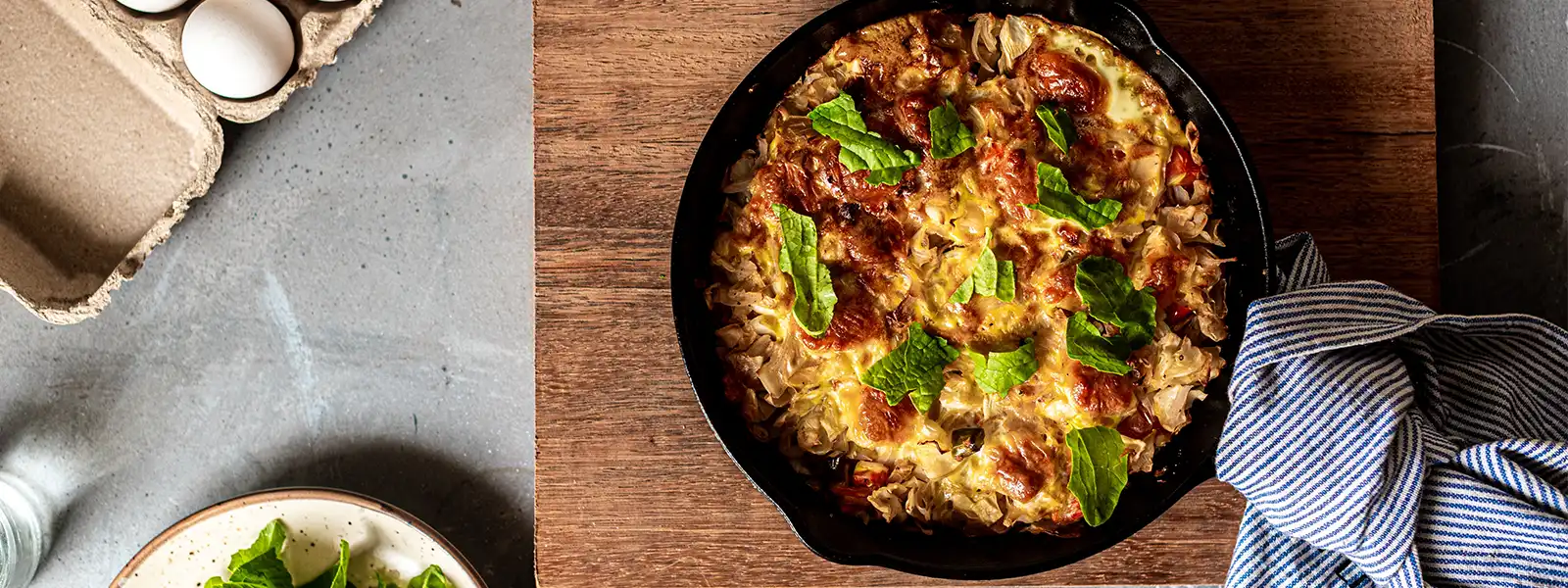
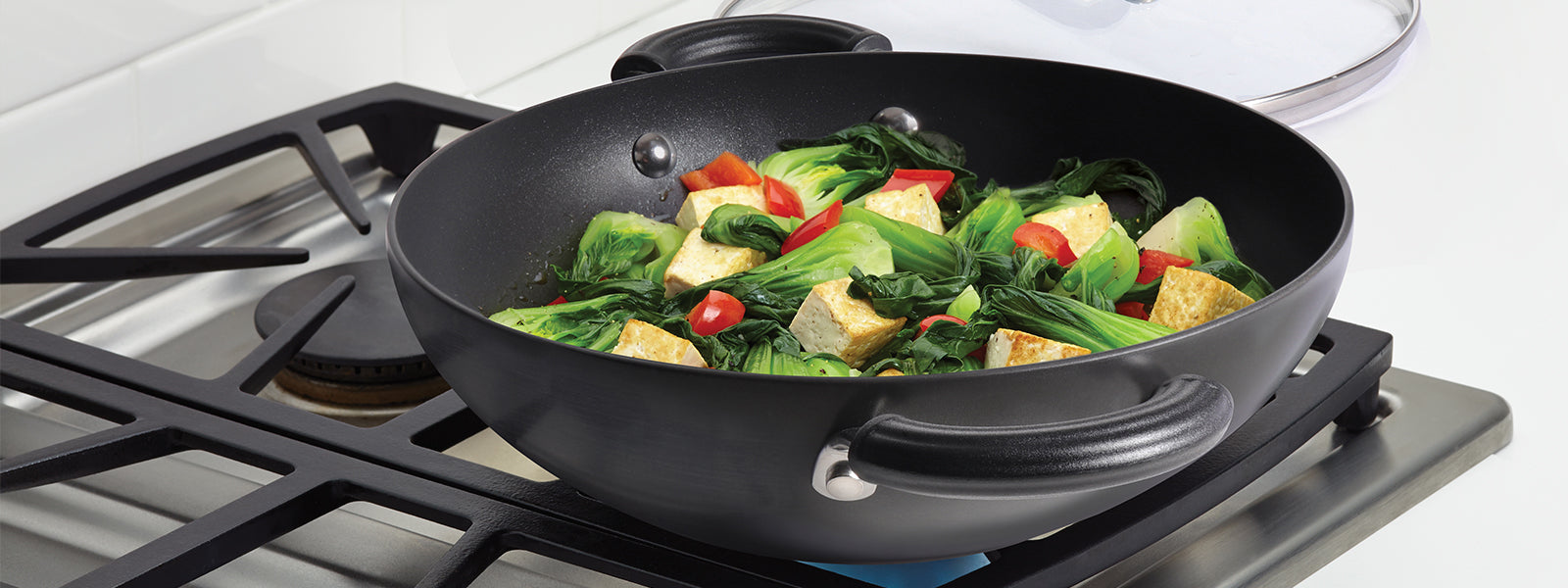
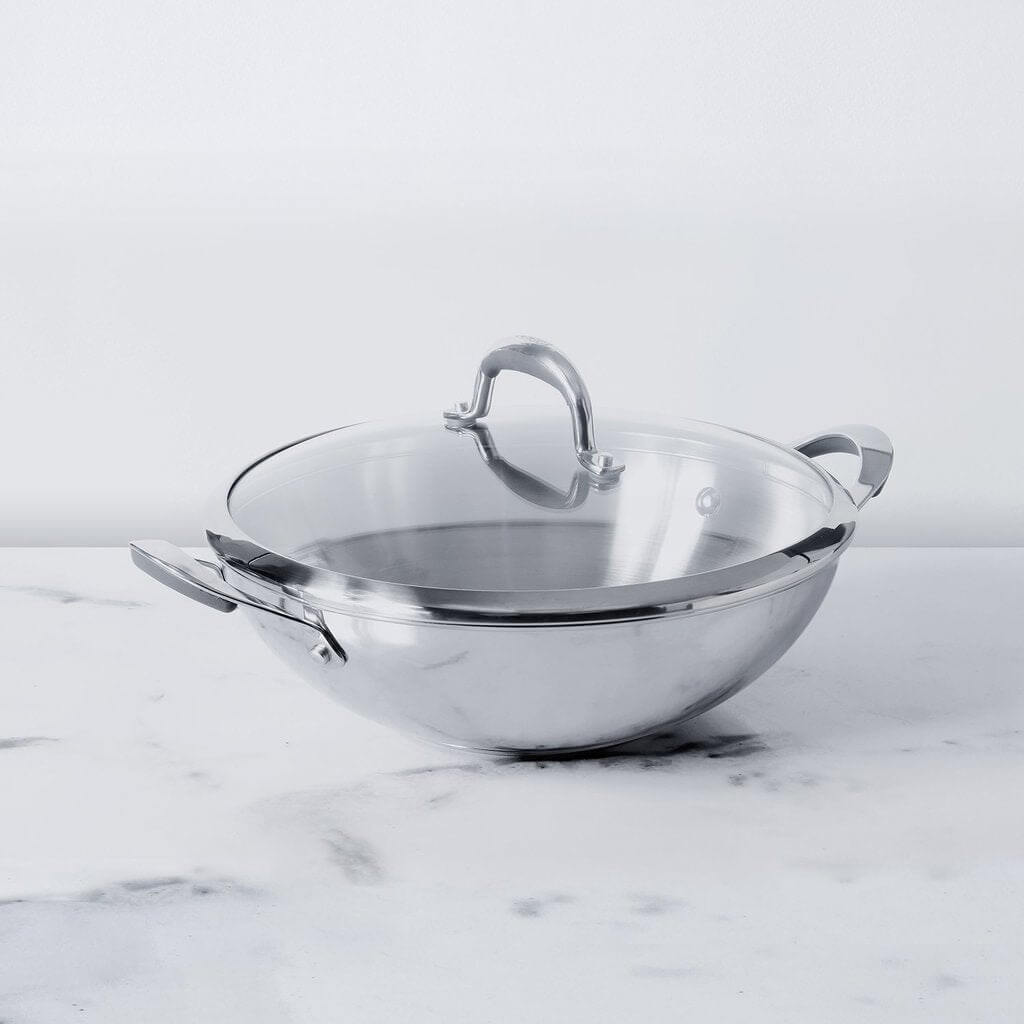
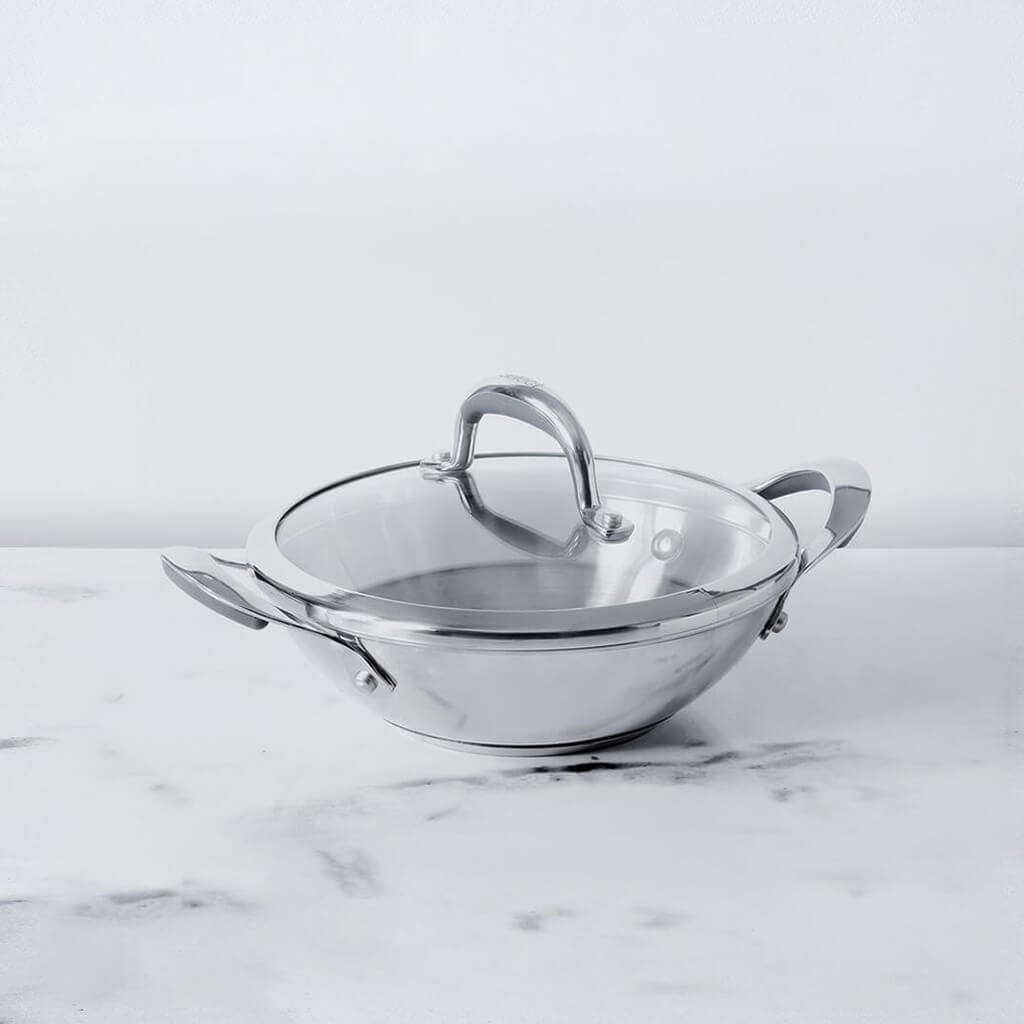




Leave a comment